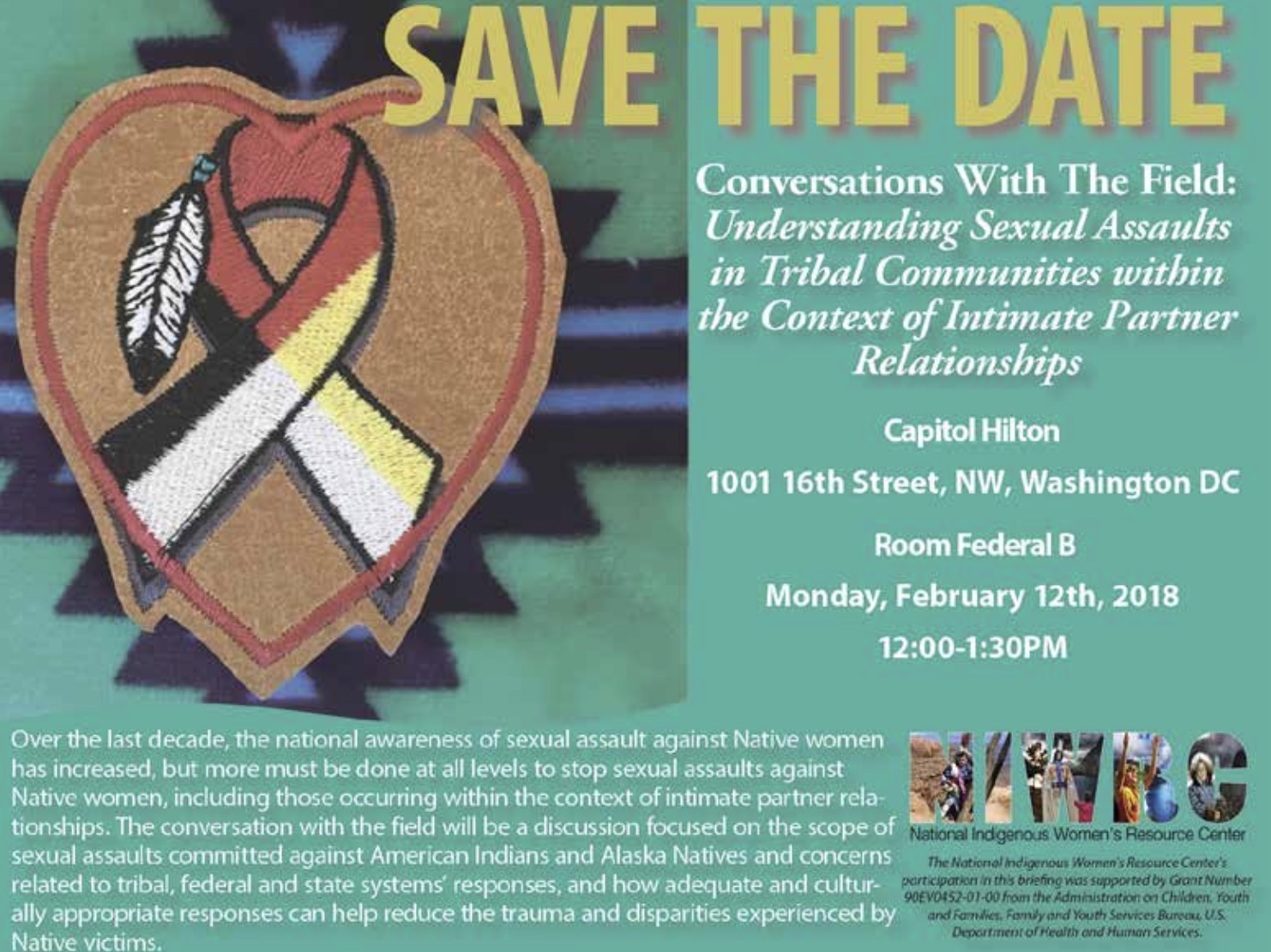History of Sexual Assault Awareness Month | Southern California Annual Inter-tribal Sexual Assault Awareness Walk
April 2018 is Sexual Assault Awareness Month
Sexual Assault Awareness Month (SAAM) is an annual campaign to raise public awareness about sexual assault and educate communities and individuals on how to prevent sexual violence. It is observed in April. Each year during the month of April, state, territory, tribal and community-based organizations, rape crisis centers, government agencies, businesses, campuses and individuals plan events and activities to highlight sexual violence as a public health, human rights and social justice issue and reinforce the need for prevention efforts.
The theme, slogan, resources and materials for the national SAAM campaign are coordinated by the National Sexual Violence Resource Center (NSVRC) each year with assistance from anti-sexual assault organizations throughout the United States. You can join the conversation on social media using #itsnotok and follow NSVRC @itsnotok2018. You can even add their Facebook cover and Twitter banner to your profile to show your support.
You can go to a local event and meet like-minded people. Or how about organizing your own event? Check out NSVRC’s suggestions for events or read about past events for inspiration. If you are an organization you can recycle or create a campaign with the #itsnotok logo and hashtag to promote awareness of your services, prevention, support etc. as well as participate in social media conversations and involve your local media and community.
History of Sexual Assault of Awareness Month
Internationally women have organized protests against violence since the late 1970s in England with Take Back the Night marches. These women-only protests emerged in direct response to the violence that women encountered as they walked the streets at night. These activities became more coordinated and soon developed into a movement that extended to the United States and, in 1978, the first Take Back the Night events in the U.S. were held in San Francisco and New York City. Over time, sexual assault awareness activities expanded to include the issue of sexual violence against men and men’s participation in ending sexual violence.
By the early 1980s, there was increased interest in coordinating activities to raise awareness of violence against women. As a result, time was set aside during October to raise awareness of violence against women issues. Over time, October became the principle focus of domestic violence awareness activities. Sexual assault advocates looked for a separate time to focus attention on sexual assault issues. In the late 1980s, the National Coalition Against Sexual Assault (NCASA) informally polled state sexual assault coalitions to determine when to have a national Sexual Assault Awareness Week. A week in April was selected. In the late 1990s, many advocates began coordinating activities throughout the month of April on a regular basis, promoting an idea for a nationally recognized month for sexual violence awareness activities. From 2000-2001, the Resource Sharing Project (RSP) and the National Sexual Violence Resource Center (NSVRC) polled state, territory, and tribal coalitions and found that the color teal was the preferred color for sexual assault awareness and prevention and that April was the preferred month to coordinate national sexual assault awareness activities. As a result, Sexual Assault Awareness Month (SAAM) was first observed nationally in April 2001.
Southern California Annual Inter-tribal Sexual Assault Awareness Walk
Join the Southern California SAAM Walk on April 15 on the Pala Indian Reservation. Since 2010, Indian tribes in Southern
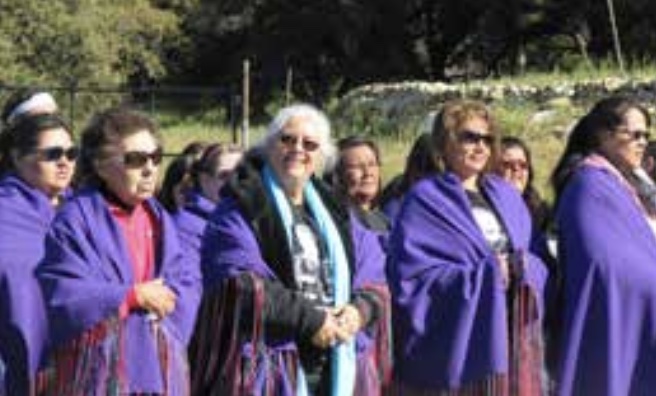
California have organized an annual inter-tribal Sexual Assault Awareness Walk, an event that helps tribes gain awareness about the epidemic of violence against Native women in their communities. Originally launched at the La Jolla Indian Reservation, the walk today continues by traveling to different Indian reservations throughout Southern California and gathers more than 2,000 participants. For more information, call (760) 742-8628.

Sexual violence is often difficult to talk about. But as advocates, first responders, tribal leaders, allies, and relatives to Native women, we know that the first step to preventing sexual assault is to raise public awareness about it. As April 2018 approaches, NIWRC encourages everyone to organize discussions in your communities to educate, identify resources and strengths, needs and challenges, and develop action plans to prevent sexual violence.
Join NIWRC online events during the month of April:
- WEAR TEAL: April 3rd-SAAM Day of Action. Wear teal to show your support for victims and survivors of sexual assault
- WATCH: April 13th- Screening of Wind River with Tribal Coalitions, NIWRC board and staff at Pala Casino Resort & Spa in Pala, CA.
- WALK: April 15th- Southern California SAAM Walk in the Pala Indian Reservation.
- SHARE: 31 Days of Sexual Assault Awareness Month. NIWRC will update the 31 Days of SAAM digital postcards on social media that feature facts about sexual violence in Native communities. Visit our photo album for updates at: http://bit.ly/2mPzqeo
- EXPLORE: NIWRC’s Online Resource Library for past webinars, reports, etc at www.niwrc.org/resources
In preparation for SAAM, the NIWRC announces the availability of two awareness tools you can use to help raise public awareness about sexual violence in your community. We are now offering the Ending Sexual Violence Against Native Women From The Roots Up poster and the Sexual Violence is NOT our Tradition bumper sticker for order on our website.
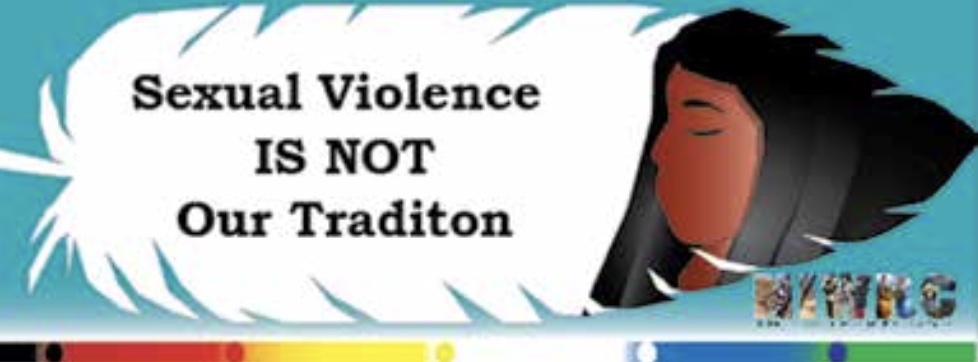
http://store.niwrc.org/
- A full color 19” x 13” poster, Price: $5.00
- A full color 11” x 3.5” bumper sticker, Price: $1.00
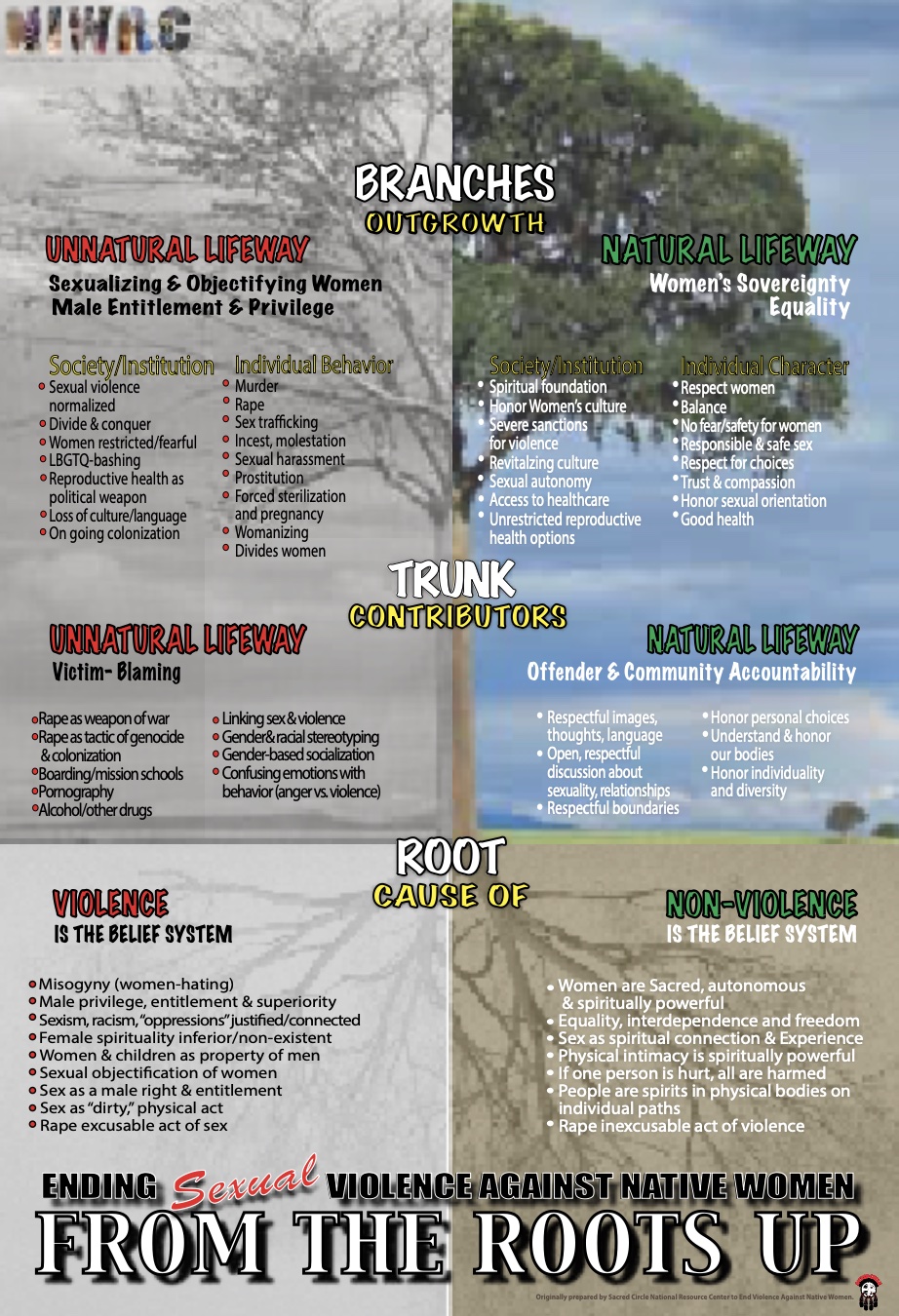
This tree illustrates the concept that both sexual violence and harmony are out-growths of our society’s accepted belief systems. This poster shows the institutional and individual responses to both the unnatural, violent belief system that too often leads to sexual violence against our Native women and the natural, Native belief system that helps create societal and individual harmony. An excellent teaching tool and guide to critical thinking. The design for this poster was originally created by Sacred Circle-National Resource Center to End Violence Against Native Women.
Tribal Resources Addressing Sexual Assault
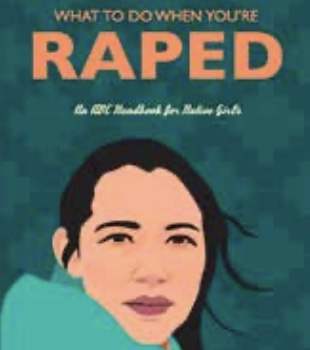 “What To Do When You’re RAPED: An ABC Handbook for Native Girls,” Native American Women’s Health Education Resource Center http://nativeshop.org/images/stories/media/pdfs/what-to-do-handbook.pdf
“What To Do When You’re RAPED: An ABC Handbook for Native Girls,” Native American Women’s Health Education Resource Center http://nativeshop.org/images/stories/media/pdfs/what-to-do-handbook.pdf
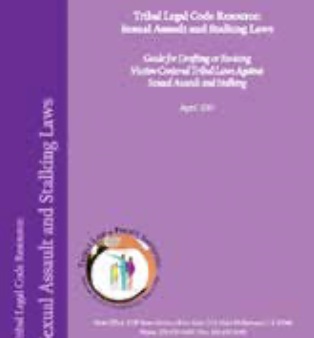 “Tribal Legal Code Resource: Sexual Assault and Stalking Law.” A Guide for Drafting or Revising Victim-Centered Tribal Law and Policy Institute, April 2017. www.niwrc.org/resources/tribal-legal-code-resource-sexual-assault-and-stalking-laws
“Tribal Legal Code Resource: Sexual Assault and Stalking Law.” A Guide for Drafting or Revising Victim-Centered Tribal Law and Policy Institute, April 2017. www.niwrc.org/resources/tribal-legal-code-resource-sexual-assault-and-stalking-laws
